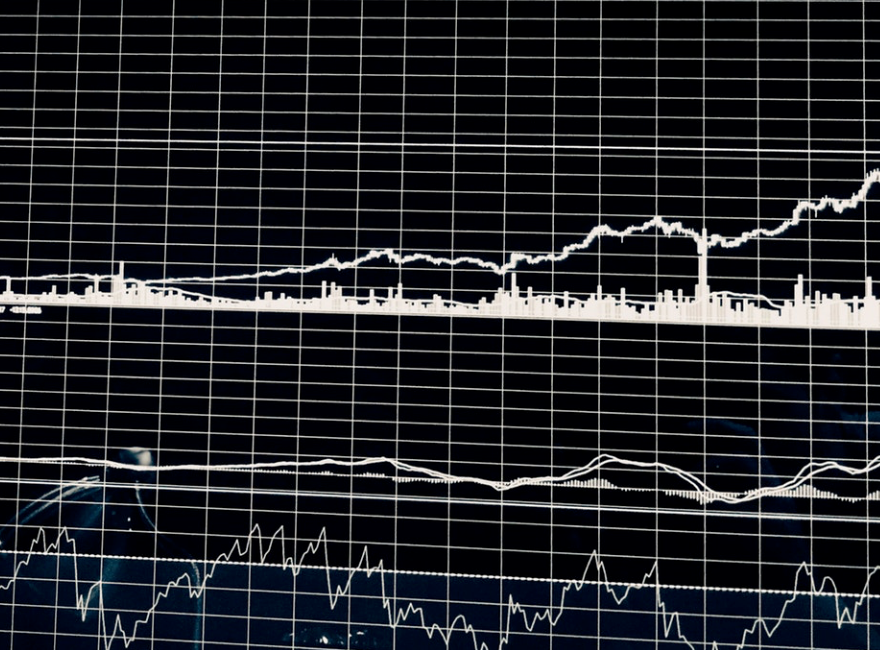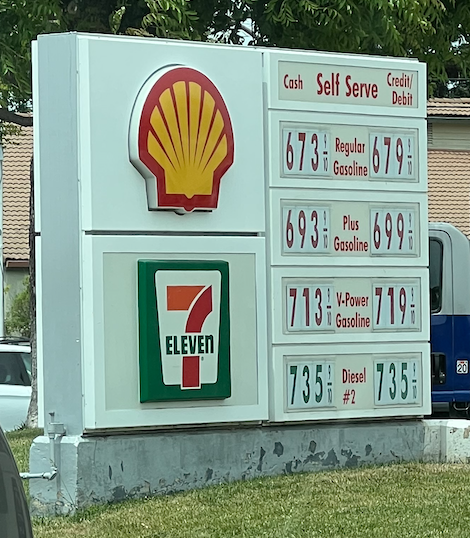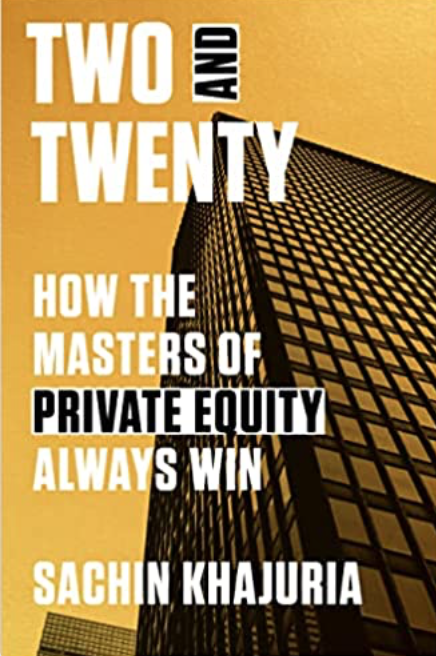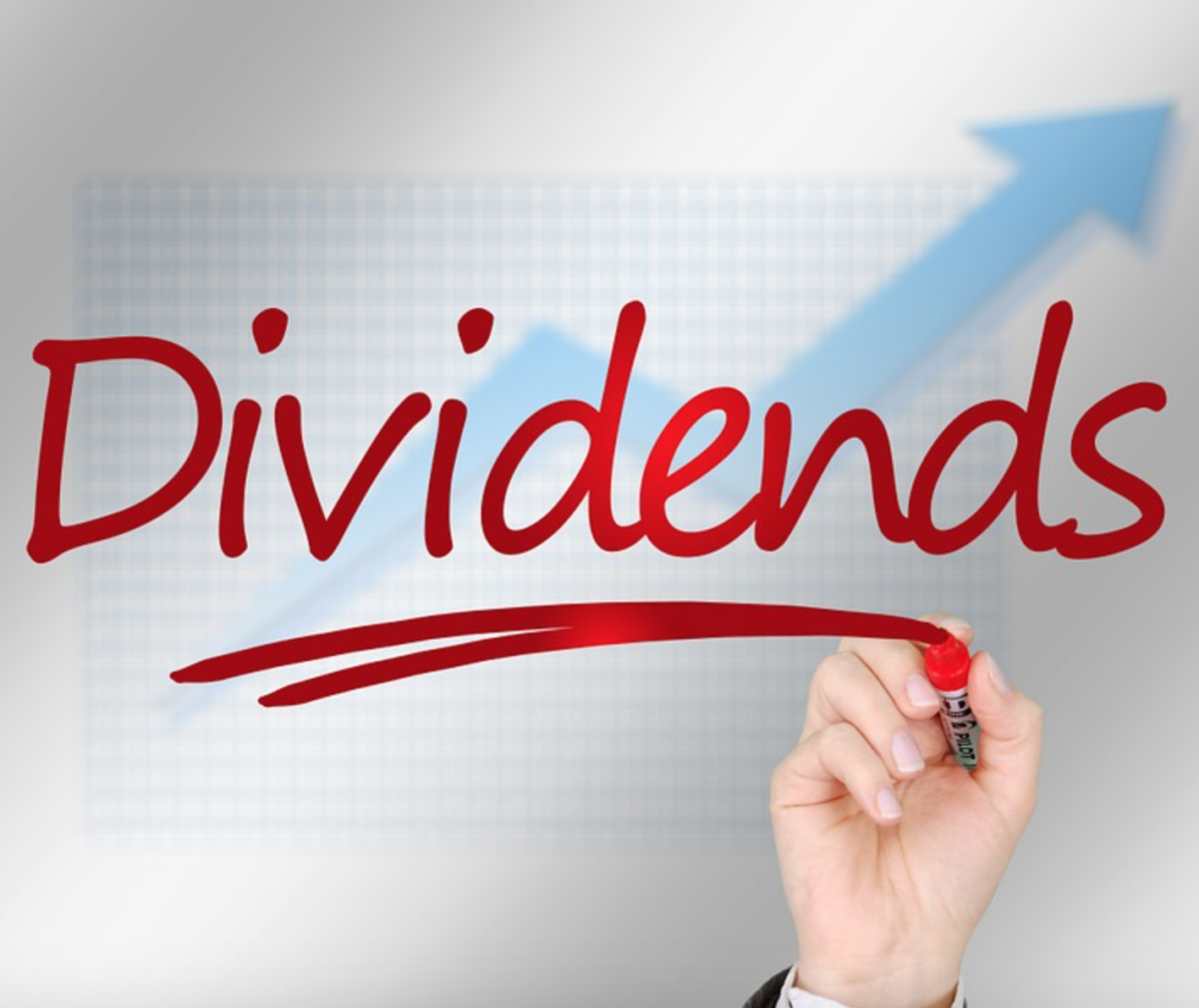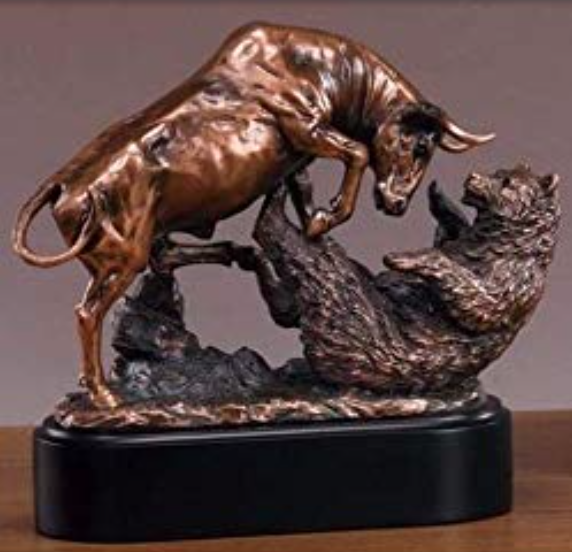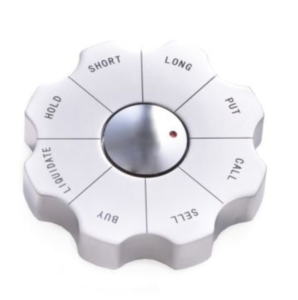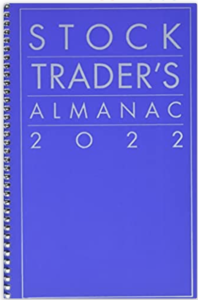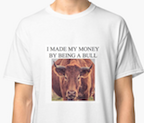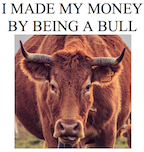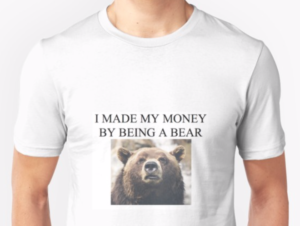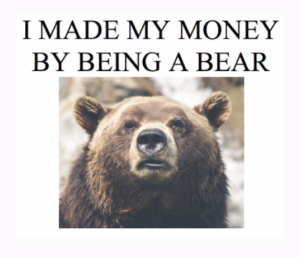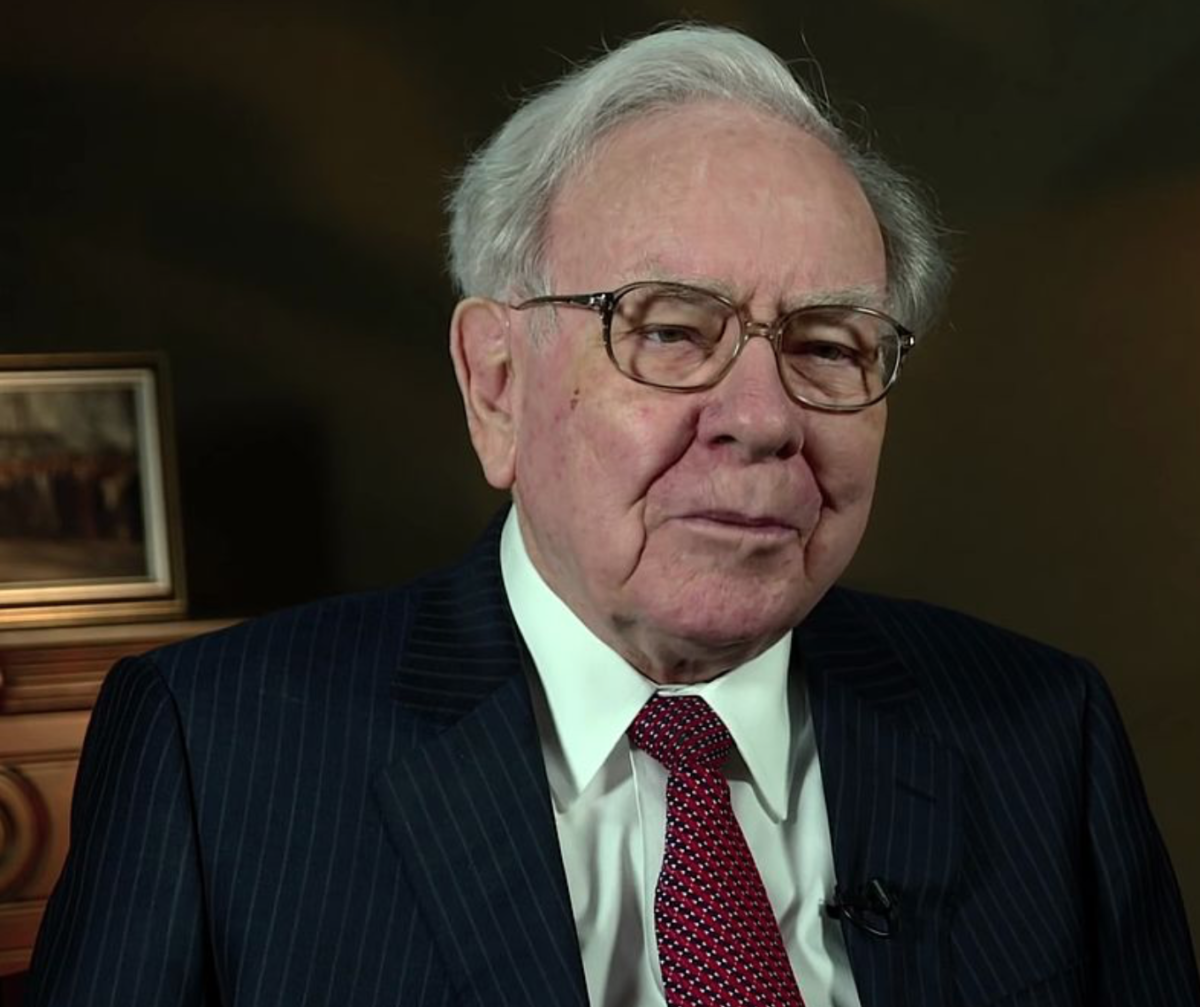by Fred Fuld III
During the last six months, the stock market has taken a tumble, with the S&P 500 down almost 20% year-to-date.
Some investors and traders are now looking for bargains, hoping for a short term or even a long term bounce.
So how do you go about choosing a stock to buy in these volatile times? One strategy is to look for stocks that are not only selling below their book value, but also below their cash per share, especially if the company has low or no debt.
The cash per share is the amount of money that would be distributed for each share if the company went out of business today. In other words, if all the other company’s assets were totally worthless, how much would shareholders receive for each share, just from the cash in the bank the company has.
So if you can buy the stock for less than the cash per share, you should be getting a fairly good deal, not counting other factors.
If the company is also profitable, that is another benefit.
The following are four stocks with have low or no debt, are trading below the cash per share, and are profitable with price to earnings ratios below 32. As a matter of fact, three of the companies have P/E ratios below 15. All of the following are low cap or extremely low cap, so should be considered very, very speculative.
Atea Pharmaceuticals, Inc. (AVIR), with a market cap of $577.00 million, is a biopharmaceutical company, which is involved in the development of antiviral therapeutics for patients suffering from viral infections. The stock has a reasonable P/E of 14.02, debt amounting to 2.88 million, and is currently selling for 17% below its cash per share.
Rubicon Technology, Inc. (RBCN) is an Illinois based company, involved in the production of monocrystalline sapphire for applications in optical and industrial systems. It has a market cap of $22.61 million. The P/E ratio is 30.63 and the company has no debt. It is selling for 15% below cash.
Sesen Bio, Inc. (SESN), based in Cambridge, Massachusetts, develops targeted fusion protein therapeutics for the treatment patients with cancer. The market cap is $163.72 million and the P/E is 3.23. The company only has $100,000 in debt. The stock is selling at 4% below cash.
SunLink Health Systems, Inc. (SSY) is a provider of healthcare products and services, and is based in Atlanta, Georgia. It has an extremely low, and therefore extremely speculative, market cap of only $7 million. The P/E is 1.47 and the amount of debt is $1.31 million. The stock is selling for 1% below cash.
As previously mentioned, all these stocks should be considered extremely speculative. Remember, often stocks sell for a very low price for a reason.
Disclosure: Author didn’t own any of the above at the time the article was written. No investment recommendations are expressed or implied.

